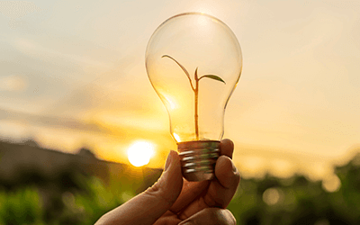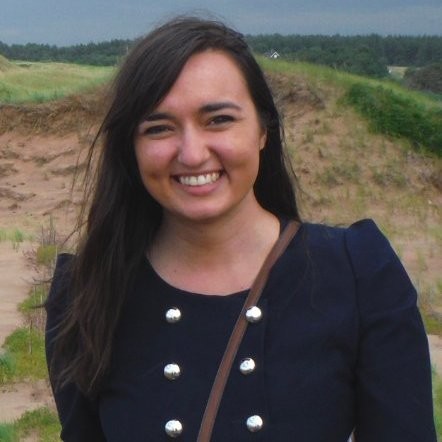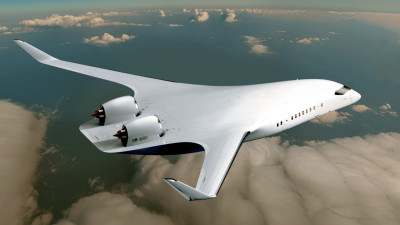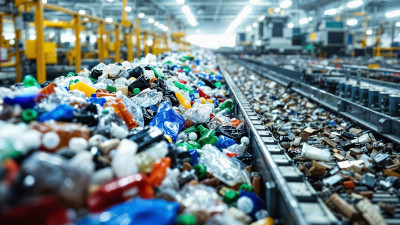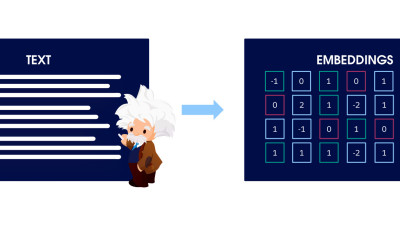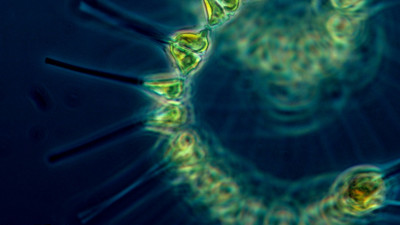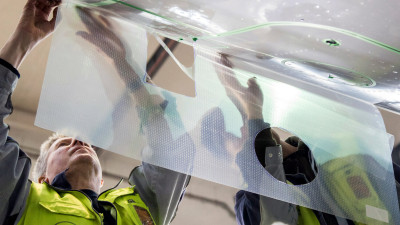Water and wastewater treatment typically account for 35 percent of a municipality’s energy budget, which would mean big savings for local governments that can make the facilities energy neutral — that is, increase energy production to a level equal to or greater than the amount of energy it consumes.
GE's Energy-Neutral Wastewater Treatment Technology Could Save Municipalities Millions
Water and wastewater treatment typically account for 35 percent of a municipality’s energy budget, which would mean big savings for local governments that can make the facilities energy neutral — that is, increase energy production to a level equal to or greater than the amount of energy it consumes.
GE claims the ZeeLung MABR is four times more energy efficient than the conventional fine-bubble aeration systems many municipalities are currently using. According to GE, aeration for biological treatment typically represents 60 percent of a facility’s power usage. The anaerobic digestion process enhances on-site energy production and can result in the wastewater facility achieving energy neutrality.
“By inventing ZeeLung, GE is creating an opportunity to transform wastewater treatment plants from disposal facilities to resource recovery centers that yield clean water, nutrients and renewable energy from wastewater,” Heiner Markhoff, president and CEO of water and process technologies for GE Power & Water, said in a statement. “This is a game-changing innovation in the pursuit of energy neutrality in the municipal wastewater treatment sector that also addresses the need for facilities to upgrade for nutrient removal and capacity expansion within an existing plant footprint.”
In June, the Metropolitan Water Reclamation District of Greater Chicago (MWRD) commissioned a demonstration of a ZeeLung MABR at its O’Brien Water Reclamation Plant to prove that the product could remove nutrients and reduce the energy required for biological aeration by 40 percent. Modeling has shown that ZeeLung is expected to function even under stressed conditions, such as cold temperature peak events.
Today’s announcement builds on GE’s other initiatives to tackle municipal footprints, including products, research, and a competition around “smart cities.” Earlier this year, GE launched a platform to explore the impact of water reuse on the industrial and municipal sectors, UsedtoUseful.
However, GE is not alone in developing bio-based solutions for wastewater treatment. In fact, a startup formed at Oregon State University, called Waste2Watergy, secured $225,000 in federal funding in February to advance its microbial fuel cell (MFC) system that generates energy from treating wastewater. And researchers from Arizona State University and New Mexico State University are developing an algae-based wastewater treatment method that could prove energy positive.

